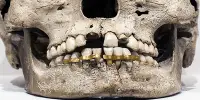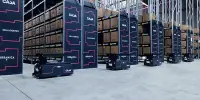The starting point of this new shaping material is the presence of a fibrous protein in the hair, nails, and shells called keratin which is also found in fur. Keratin materials carry some useful properties for scientists, as a single chain, it forms a spring-like coil structure called an alpha-helix. Put these together in sufficient quantities and you have a strong, large fiber characterized by size memory. As the components expand, the coils are opened and new bonds are formed that form a stable sheet. The material remains the same until the coils come in contact with the excitation so that the coils return to their original shape.
The team began by printing keratin sheets of various sizes, setting them in a solution of hydrogen peroxide and monosodium phosphate and programmed them into a permanent state. From there, the materials can be adapted to other shapes on a temporary basis in response to various stimuli. In one experiment, the team permanently set the keratin sheet as a complex origami star. When they were submerged in water, it was exposed and took on a muddy form, enabling it to be rolled into a rigid tube, which, as the sheet dried, became its own stable and functional structure. The tube was then placed back in the water, causing it to be unrolled and folded up into the original origami star.
“With this project, we have shown that we can not only recycle wool but also create things out of recycled wool that has never been imagined before,” said Professor Kit Parker, senior author of the article. Implications for the Sustainability of Natural Resources With clear recycled keratin proteins we can do much more or more than what has been done with animal husbandry these days and thereby reduce the environmental impact of textiles and garments.















